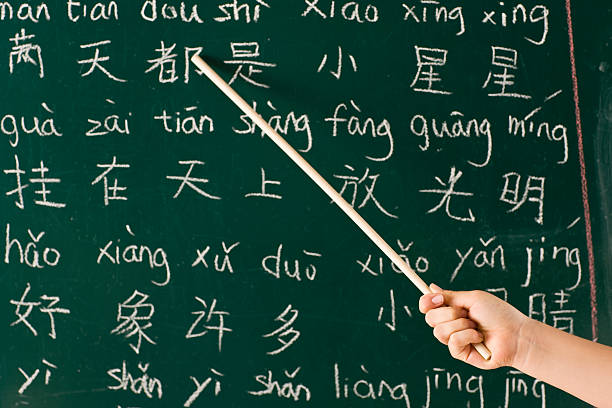If you’re contemplating whether your child should take Higher Chinese in primary school, this article aims to provide the insights you need to make an informed decision.
Understanding Higher Chinese
Higher Chinese is the advanced version of the standard Chinese language curriculum offered in primary schools across Singapore. It involves exposure to a broader vocabulary, a focus on Chinese culture appreciation, and a more demanding curriculum that requires higher-order thinking skills in comprehensions and compositions.
Comparing Higher Chinese and Standard Chinese
|
|---|
| Higher Chinese |
Standard Chinese (Normal Chinese) |
| Wider range of vocab |
Standard vocabulary |
| Focuses on culture appreciation |
Not applicable (NA) |
| Higher-order thinking required |
Different degrees of thinking skills spread over all components |
| Heavier workload |
Standard school hours |
| Assessable Components – HCL |
Assessable Components – CL |
| No oral and listening components |
Oral and listening comprehension |
Qualifying for Higher Chinese

Image from iStock
Most schools offer Higher Chinese to Primary 5 students based on their Primary 4 end-of-year exam results. Students with a Band 1 for all subjects automatically qualify, with exceptions for those with a Band 2 in one subject but show proficiency in Chinese.
Is Higher Chinese Worth It?
The decision to take Higher Chinese depends on your goals. It can increase language exposure, boost standard Chinese results, and prepare your child for secondary school. However, it’s not a significant factor in enhancing PSLE scores unless applying to a SAP school.
Who Should Take Higher Chinese?

Image from iStock
A child who enjoys Chinese and has good time management skills is well-suited for Higher Chinese. Interest, rather than immediate proficiency, is key. Considering the demanding workload, effective time management prevents compromising performance in other subjects.
Making the Decision
Ultimately, taking Higher Chinese in primary school offers benefits, but it’s crucial to involve your child in the decision-making process. Discuss the pros and cons and consider their opinions. Remember, the decision isn’t irreversible, providing the flexibility to drop the subject at the end of Primary 5 if needed.
In conclusion, navigating the decision to take Higher Chinese requires a thoughtful consideration of your child’s interests, goals, and ability to manage the additional workload.
ALSO READ
PSLE Chinese – A Guide to PSLE Chinese Paper
PSLE Chinese Exam: 10 Tips For Getting More Marks!
What is PSLE and When Does it End in Singapore?